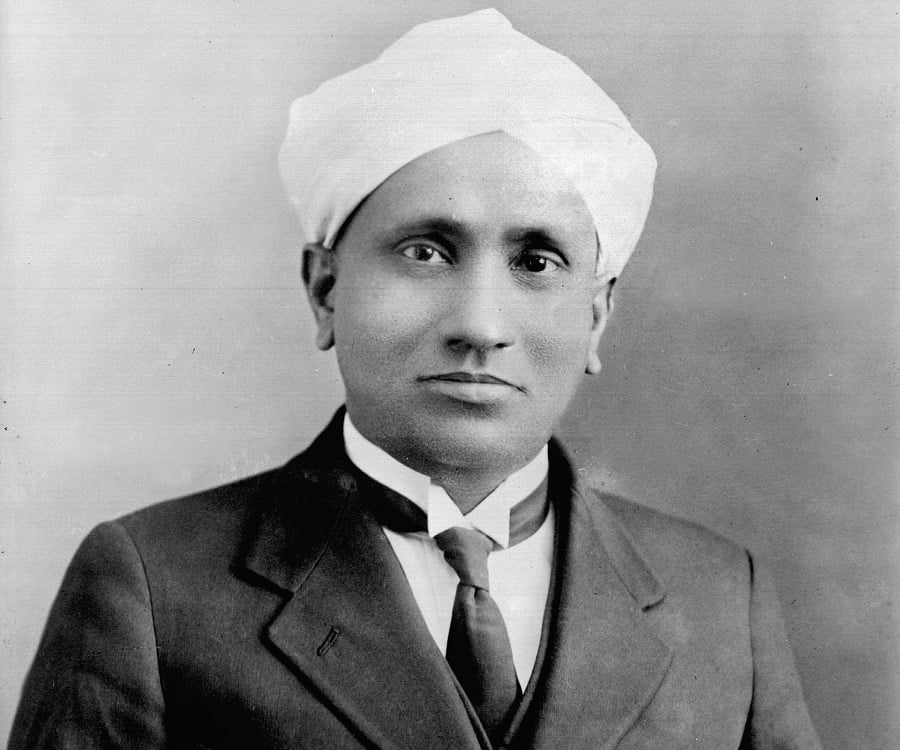Essay on the biography of Chandrasekhar Raman A Great Genius. Chandrashekhar Venkata Raman was a great scientist. He studied the effect of light on photon. Later his research was highly applauded by the science community. His work came to be known as ‘Raman Effect’. As a mark of honour it was named after him.
Chandrashekhar Venkata Raman was born at Triuchirapalli in south India on 7 November 1888. His father was a lecturer in Physics and Mathematics. He received a rich academic environment in his very childhood. He was a genius from very childhood. He did his graduation from the Presidency College in 1902 with distinction. In graduation, he won the first place and the gold medal in Physics. He maintained his academic performance and passed his post graduation with highest distinctions. He started his career as the Assistant Accountant General in Kolkata after completing his education. It was during this time that he got opportunities for carrying on experimental research in laboratory. In 1917, Raman resigned from his government job and took up professorship in Physics at the University of Calcutta.
During this time he studied optics and scattering of light, and received worldwide recognition. He was elected to the Royal Society of London in 1924 and was made Knight of the British Empire in 1929. The same year Raman was honoured with the president’s chair of the 16th Session of the Indian Science Congress. In 1930, C.V. Raman won the Nobel Prize for his work on the scattering of light and for the discovery of the ‘Raman Effect’. He was the first Indian scientist to receive the honour. He was also the first to investigate the harmonic nature of the sound of the Indian drums like table and the mridangam. In 1934, he became the Director of the newly established Indian Institute of Science at Bangalore. Two years later he continued as a professor of Physics there. C.V. Raman was appointed as the first national professor in the year 1947 by the new government of Independent India. After his retirement in 1948, he established the Raman Research Institute in Bangalore. Raman remained active with this institute until his death.
ADVERTISEMENTS:
Raman also contributed to the establishment of the Indian Academy of Sciences. He served it as the President since its origin. Raman’s areas of research interest were optics and acoustics. He dedicated his entire career to them. In 1922, Raman first published his work on the ‘Molecular Diffraction of Light’, the first of a series of his investigations which led him to his landmark discovery—the Raman Effect—in 1928. His other interests include optics of colloids, electrical and magnetic anisotropy and physiology of human vision.
C.V. Raman had to his credit a number of awards and prizes, including the Bharat Ratna, the highest civilian award of India. He was awarded the Bharat Ratna in 1954 and with the Lenin Prize in 1957. Besides, he had been honoured with a large number of honorary doctorates and memberships of scientific societies. As a mark of honor to Raman’s discovery in 1928, India celebrates 28th February as National Science Day every year. This great genius of India passed away on 21 November, 1970.
